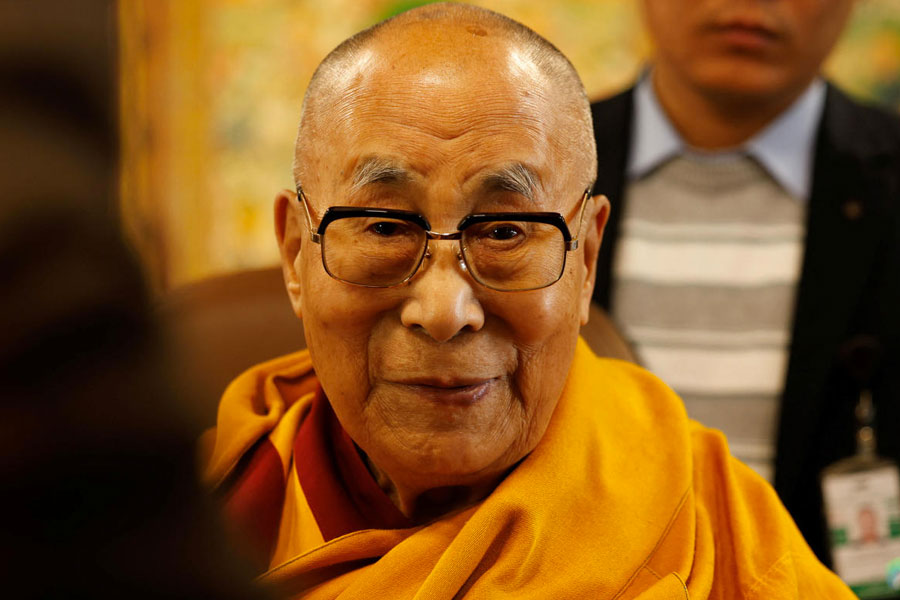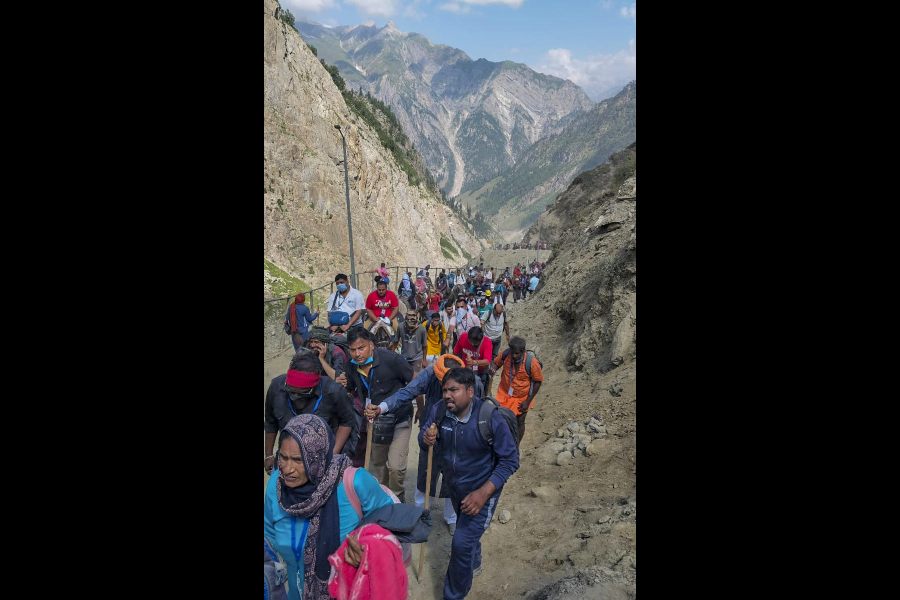| OIL’S NOT WELL |
| • 1994: ONGC pulls out from Nagaland following threats from both factions of the NSCN? • 2002: Delhi decides to resume oil exploration in Nagaland after eight years • 2003: Chief minister Neiphiu Rio serves ultimatum to ONGC to resume oil exploration or make way for foreign companies • 2006: Agreement involving ONGC, Canadian firm and Nagaland govt |
Kohima, June 24: The Isak-Muivah faction of the NSCN has queered the pitch for Oil and Natural Gas Corporation’s second innings and a Canadian exploration company’s debut in the oilfields of Nagaland.
The militant group has said Delhi cannot supersede the “indigenous people” of Nagaland and grant permission to ONGC or any overseas company — Canada-based Canoro Resources Ltd in this case — to tap the state’s oil reserves.
ONGC pulled out of Nagaland in 1994 in the wake of intimidation by both the Isak-Muivah and Khaplang factions.
Canoro has received permission from Delhi to explore oil and ONGC to resume work in the six blocks held by the company in Nagaland.
The NSCN (I-M) said today that no Indian state’s guarantee, licence or permit would work in Nagaland without the state’s indigenous community being convinced that their interest would be taken care of. It described attempts to resume exploration as “discriminatory and/or exploitation”.
D. Mero, “secretary for forest, environment and minerals” in the militant group’s political wing, said acknowledging the Nagas as “a nation” and that they own “what is under the ground, on the ground and above the ground” should precede “acceptable, beneficial and honourable modalities in the event of exploration, exploitation or any form of operations throughout “Nagalim”.
The NSCN (I-M)’s vision of Nagalim, an extended homeland for the Nagas, includes all contiguous areas inhabited by the community.
“This is the basis for our right to self-determination, the highest right of all rights,” Mero said.
The statement warned of more bloodshed if Delhi did not review its decision.
Canoro has signed a joint study agreement with ONGC to strategically align their interests, explore and produce oil in the six blocks that were abandoned 13 years ago.
The Canadian company also aims to establish a joint study group with ONGC to review all available information and prepare recommendations for joint participation and operations in the blocks, besides exploring the possibility of collaboration elsewhere in the Northeast.
Of the six oil blocks in Nagaland, one is a “producing block” and the rest are exploration fields. The producing block includes Champang in Wokha district.
The joint study agreement follows the joint collaboration agreement signed with Nagaland in December 2006. For Canoro, it represents the possibility of gaining an operating interest in six attractive assets in the Northeast, possibly tripling the number of blocks in the company’s focus area.
For the Nagaland government, it represents the possibly of significant capital expenditure, economic development and associated benefits.
Located in one of the most productive oil-bearing areas of the Assam-Arakan basin, Nagaland’s geology is considered to be similar to the foothills of the Rocky Mountains in Alberta, an area familiar to Canoro’s management and technical team.










